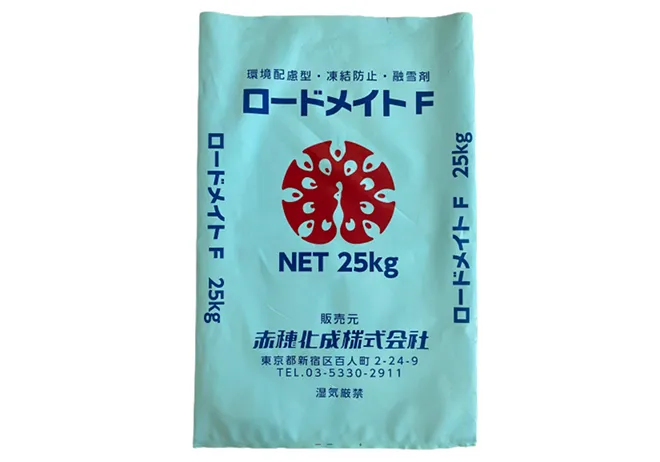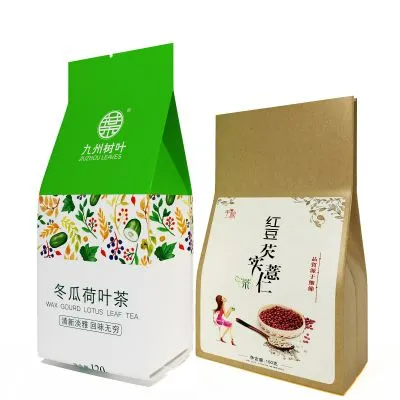In the realm of modern culinary preservation, small vacuum pack bags for food have emerged as indispensable tools for both professional chefs and home cooks. These compact yet powerful storage solutions extend the freshness of ingredients, helping to mitigate waste while ensuring that flavors and nutrients are preserved over time.

The effectiveness of small vacuum pack bags lies in their ability to create an airtight seal around the food, significantly slowing down the oxidation process that typically leads to spoilage. By removing the air from the packaging, these bags prevent the growth of bacteria and mold, which are the primary culprits of food degradation. The science behind vacuum sealing is simple yet profound, providing an opportunity for experts and enthusiasts alike to revolutionize their food storage strategies.
Professional kitchens often set the benchmark for efficient food utilization, and the use of vacuum pack bags plays a crucial role in this efficiency. Chefs, who demand both quality and cost-effectiveness, rely on these bags to maintain the integrity of their ingredients. For example, proteins such as meats and fish maintain their freshness longer and are often stored sous-vide—an advanced cooking technique that benefits greatly from vacuum sealing. When meats are kept vacuum-sealed, their shelf life is extended significantly, reducing the necessity for freezing and preserving the texture and flavor profile.

For home cooks,
small vacuum pack bags offer unparalleled convenience and savings. Leftovers can be vacuum sealed to last several days longer than traditional storage methods. This is particularly beneficial for those who plan weekly meals in advance, reducing the frequency of grocery shopping trips and minimizing food waste. When applied correctly, these bags can store cheeses, vegetables, and even delicate perishable items like berries, which face a common challenge of rapid deterioration.
Moreover, small vacuum pack bags are increasingly important for dry goods and pantry items. Flour, sugar, and even coffee beans benefit from reduced exposure to air, maintaining their freshness and preventing contamination. By safeguarding ingredients from the humidity and fluctuations in the kitchen environment, vacuum sealing ensures a robust food safety practice that enhances the quality of the culinary creations they go into.
small vacuum pack bags for food
The trustworthiness of small vacuum pack bags as a food preservation method is underscored by third-party validations and industry standards. Many bags are BPA-free and are tested to comply with food safety regulations, providing peace of mind for users concerned about the intersection of health and technology. Furthermore, advancements in materials science have led to the development of multi-layered bags, which are resistant to punctures and tears, ensuring a durable solution that doesn’t compromise on safety.
In an era where sustainability is at the forefront of consumer consciousness, small vacuum pack bags contribute significantly to a greener kitchen. By drastically reducing food spoilage, these bags help lower the overall food waste footprint. Environmentally-conscious consumers can take solace in this, knowing they are making a practical choice with positive implications for the planet.
It's also crucial to consider the role of proper usage to maximize the potential of vacuum pack bags. Users are advised to follow the manufacturer’s instructions carefully, ensuring that the vacuum sealer is in good working condition and the sealing edges of the bags are clean and dry for optimal performance. Attention to these details reinforces the bags' effectiveness and boosts the overall user experience.
Finally, small vacuum pack bags offer a versatile solution that transcends the boundaries of food storage alone. Their utility expands into a variety of uses such as organizing home goods, protecting important documents, and even storing seasonal clothing, showcasing their multi-functional prowess.
In summation, small vacuum pack bags for food represent a perfect amalgamation of innovation and practicality. They cater to the demands of both professional and amateur cooks, promise enhanced food safety, offer extended freshness, and lend themselves as sustainable allies in a world increasingly geared towards mindful consumption. As more individuals embrace these modern-day preservation marvels, their reputation as a critical kitchen accessory continues to grow, cementing their place in the future of food storage.